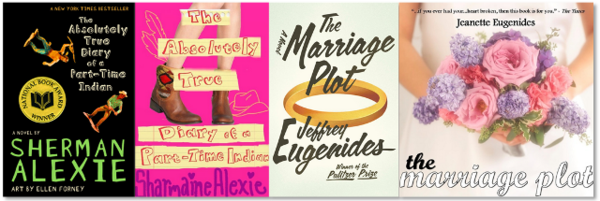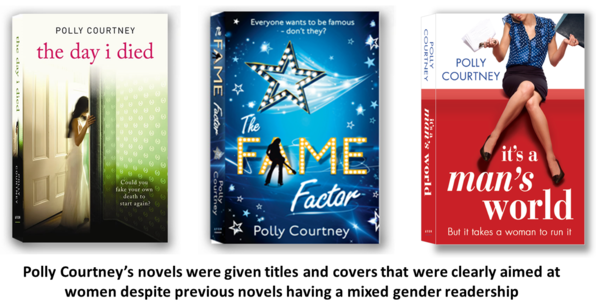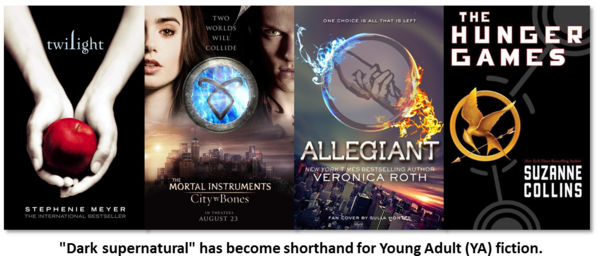

Two weeks ago, Young Adult author Maureen Johnson launched the #CoverFlip challenge to address the issue of insulting, inappropriate book covers that publishers are slapping onto books to reflect the presumed gender of the readership instead of the contents of the book.
As an author who walked out on a mainstream publisher over this issue, I spent a lot of time last week in radio studios, explaining why authors are angry about this issue. Having been told that my books needed to 'appeal to Lorraine in Leeds', I sympathised with Maureen Johnson's frustration at the way her novels were packaged so blatantly for women.
What I didn't get a chance to convey on air - because a 5-minute interview is only really enough for sound bites - is that the problem is not just the assumption that female readership = girly covers. Nor is it the assumption that female author = female readership. We acknowledge that publishers don't just look at the gender of the author and conclude that they must write for readers of the same gender. Publishers may be short-sighted, but they're not crazy. When they come up with titles (yes, it's usually the publisher that chooses the title) and cover designs, they consider the themes within the book too - and herein lies the problem.

The real issue is that publishers make some terrible assumptions about what men and women like to read (or ought to read). In an attempt to capitalise on the dwindling 'mass market' - the only market that publishers know how to monetize profitably - they have carved the reading population up by demographic and crudely assumed that each 'segment' is a homogenous group with similar tastes. Women enjoy chick lit, romance and erotica while men like action, adventure and political thriller. Women ought not to read war stories, whilst a man caught reading sentimental fiction ought to be ashamed.
To be fair to publishers, there are correlations between genre and gender, just as there are correlations between toy preferences and gender for children (although I would argue that in both cases, these correlations are driven by marketing, not drivers of). But by packaging the product in a way that screams "GIRLY!" or roars "MACHO!", we are shutting out any potential readers who might like to cross silos and read something based on his or her own personal preferences instead of societal norms.
From time to time I hear someone sneer "chick lit" in reference to my first novel, Golden Handcuffs. Maybe it falls into this category; I don't know if there's an official definition. But I do know that many, many men have read and enjoyed Golden Handcuffs and that these are readers who would not have picked up a copy had it been adorned with pink frills and stilettos.
#CoverFlip is all about gender, but publishers are guilty of other forms of pigeonholing, too.

By looking at a teen (Young Adult) fiction shelf in a book store, you would be forgiven for thinking that adolescents were only capable of interpreting the world through spells and vampires and post-apocalyptic warfare. This being so, I can't help wondering what happens when these young readers turn eighteen. Presumably their eyes suddenly open to a world of grit and realism: a literary landscape littered with untied ends and unrequited love and moral uncertainty?
During the research for my latest novel, Feral Youth, which is set - sorry, publishers - on the dirty streets of South London, I witnessed a ferocious appetite among young people for books that use the real world - their world - as a backdrop. They wanted to read about betrayal through gangs, not vampire cliques. They could relate to Stop & Search but not to a televised battle to the death. Success to them meant 'repping the endz', not winning a game of Quidditch. In short, they didn't need the veneer of the supernatural; they wanted gritty reality.
The fact is that most readers do not like to be force-fed a diet of stereotyped fiction on the basis of their demographic profile. Publishers need to stop making assumptions about what people want to read. If more books were packaged in ways that simply reflected their contents, instead of trying to appeal to 'Lorraine in Leeds' or the archetypal teen, the literary world would be a better place. Because however much I wish it wasn't true, I know that people do judge a book by its cover.
Polly Courtney is the author of six novels including Feral Youth, a book for adults young and old, out 26th June 2013.